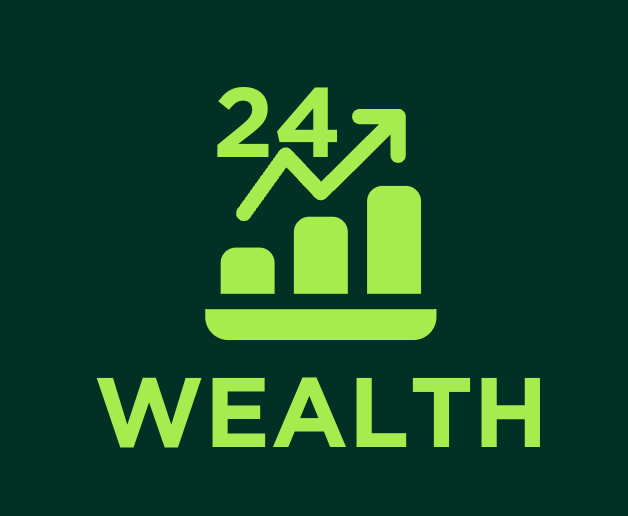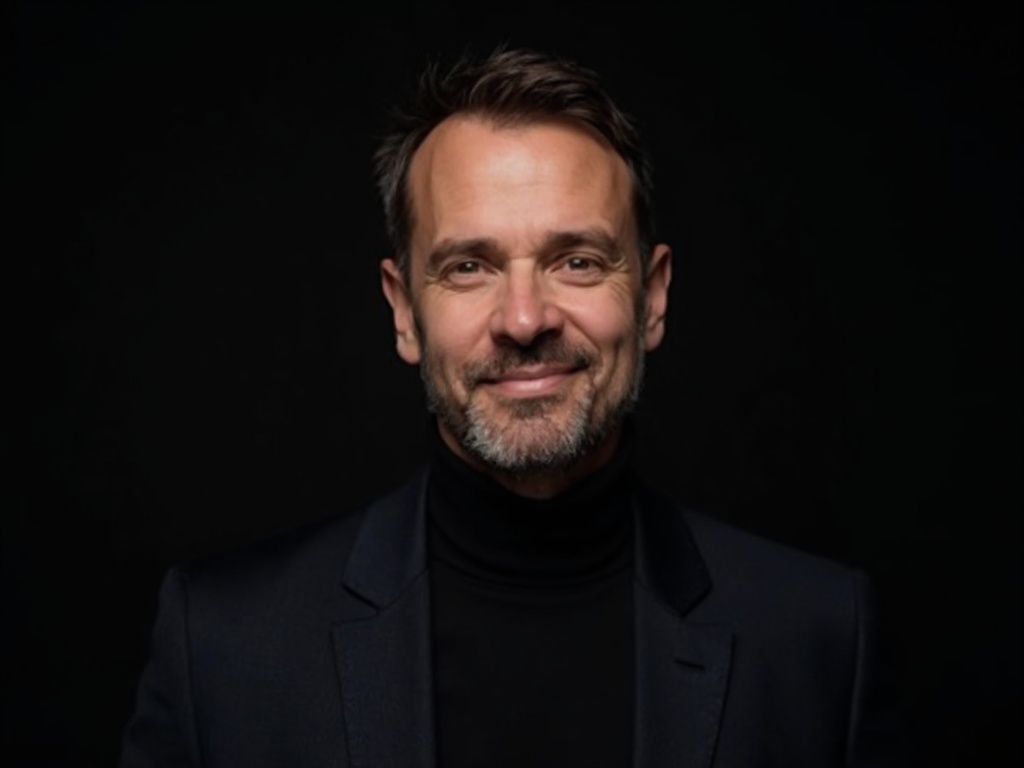The Startling New Reality of Climate and Wealth

Picture this: wildfires sweep through a wealthy suburb, reducing million-dollar homes to ashes. Coastal mansions, once thought to be safe investments, now tremble on the edge as rising seas eat away the shoreline. This is not a distant nightmare—it’s the jarring new reality that climate risk is weaving into the world of wealth planning. For families who have spent generations building their assets, the threat posed by climate change feels deeply personal, like a storm cloud hanging over everything they’ve worked for. Suddenly, questions about fires, floods, and droughts aren’t just for scientists—they’re urgent concerns for anyone hoping to protect a financial legacy.
What Exactly Is Climate Risk?

Climate risk is the possibility that climate change will lead to financial losses, and it’s more complex than many people realize. There are two big types: physical risks, which are the direct hits like hurricanes, wildfires, or droughts, and transition risks, which include the changes society makes to fight climate change, such as new laws or shifts in technology. Physical risks can destroy homes or disrupt farmland, while transition risks might cause fossil fuel stocks to plummet or new green companies to soar. Understanding these risks helps people and families plan better, because climate change touches everything from real estate to retirement funds.
The Surprising Financial Toll of a Warming World

The numbers are staggering: experts warn that unchecked climate change could cost the world economy up to $23 trillion by 2050. That’s more than the yearly GDP of the United States, lost due to disasters, lost productivity, and damaged infrastructure. For everyday investors, this means that what seems safe today—like a beachfront property or a portfolio heavy in oil—might be much riskier tomorrow. Wealth planners now have to think not just about market ups and downs, but also about how floods, storms, and even shifting government policies could suddenly shrink the value of hard-earned assets.
How to Figure Out What’s at Risk

Understanding your own climate vulnerability is like checking for cracks in a house’s foundation before a storm. Are your properties in flood zones or wildfire-prone areas? Do you own businesses that depend on stable weather, like agriculture or tourism? Are your investments tied up in industries that might face tough new pollution laws? By mapping out where and how assets could be impacted, individuals and families can make smarter choices. Sometimes, it’s as simple as moving funds to safer regions, or as involved as selling off risky properties and reinvesting in more resilient options.
Sustainable Investing: A Powerful Shift

Sustainable investing has become more than just a buzzword—it’s a movement reshaping how people think about money. Investors are now looking for companies that not only turn a profit, but also take care of the planet and treat people fairly. This approach is proving not just good for the environment but also surprisingly good for returns. Sustainable funds have outperformed traditional ones in many cases, especially during turbulent markets. By choosing green bonds, clean energy stocks, or companies with strong environmental policies, investors can help fight climate change while still growing their wealth.
Why Diversification Matters More Than Ever

Putting all your eggs in one basket has always been risky, and climate change makes this old rule even more important. Diversification means spreading investments across different types of assets and industries, so that when climate risk hits one area, others can help balance things out. For example, someone with a lot of real estate in hurricane zones might also invest in renewable energy companies or tech firms that aren’t exposed to weather disasters. This way, climate shocks in one place won’t wipe out everything at once—a strategy that, like a strong umbrella, offers shelter when storms come.
The Safety Net: Insurance and Climate Risk

Insurance has become an essential part of wealth planning in the face of climate risk. Homeowners, for example, are now learning to ask if their policies cover flood or wildfire damage, not just theft or accidents. Some people are finding their premiums skyrocketing, while others can’t get coverage at all for properties in high-risk areas. Wealth planners are helping clients review their coverage, shop for new policies, and sometimes even rethink where they live or what they own. Insurance may not prevent disasters, but it can soften the financial blow and help families recover faster.
Finding the Right Advisor for a Changing World

Not all financial advisors are equipped to handle climate risk, but those who are can make a world of difference. The best advisors don’t just talk about stocks and bonds—they help clients understand how climate change could impact everything from property values to family businesses. They also keep up with new trends, like green investments or government incentives for clean energy. By working with someone who truly understands climate risk, families can feel more confident that their wealth plans are built to last, even as the world changes around them.
Watching the Law: Policy and Regulation Shifts

Governments everywhere are racing to respond to climate change, and their choices can have a huge impact on personal wealth. New laws might put heavy taxes on carbon pollution, give big tax breaks for solar panels, or redefine what’s considered a safe investment. For example, stricter building codes in flood zones can make old homes less valuable, while incentives for electric cars can make auto stocks swing wildly. Staying informed about policy changes helps investors avoid nasty surprises and even spot new opportunities before everyone else does.
Building a Climate-Ready Financial Future

As climate risks grow more obvious each year, families and individuals are realizing that wealth planning must change, too. It’s not just about making money—it’s about protecting what you have from threats that didn’t exist a generation ago. By understanding climate risks, assessing vulnerabilities, embracing sustainable investing, diversifying wisely, and working with knowledgeable advisors, people can build financial plans that stand strong even in the face of the world’s biggest challenges.



